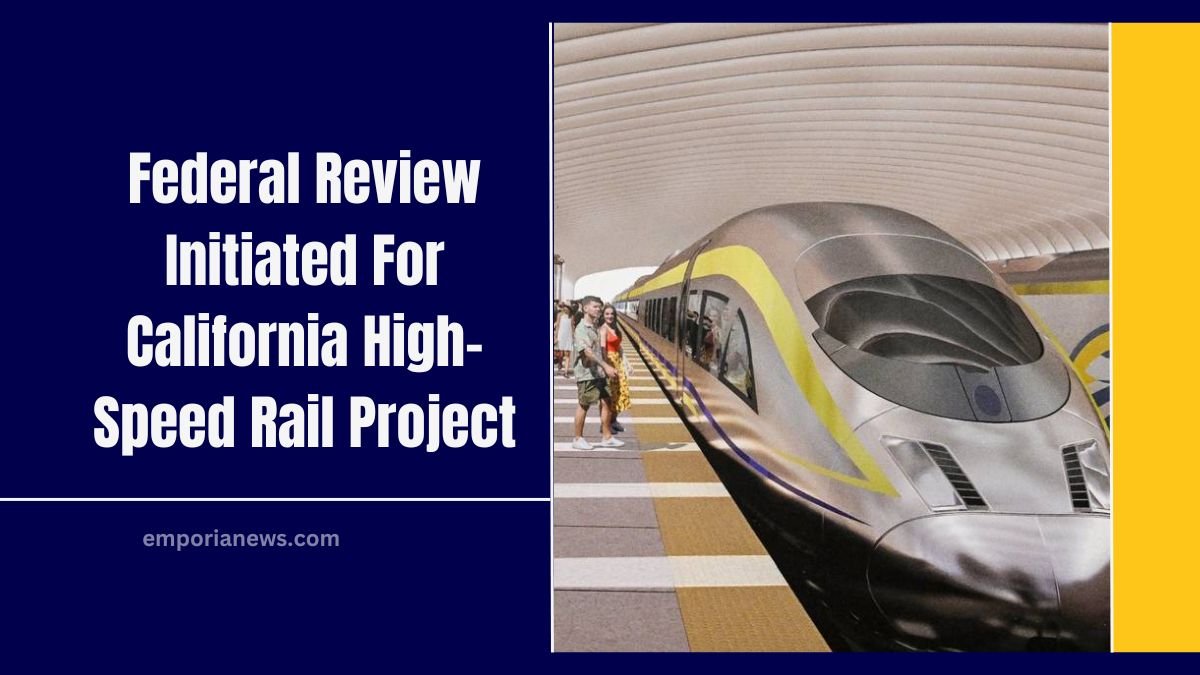The California High-Speed Rail project, designed to connect major urban centers across the state, is now under federal scrutiny due to significant budget overruns and prolonged delays.
Transportation Secretary Sean Duffy announced a compliance review by the Federal Railroad Administration (FRA) to assess the project’s adherence to federal grant agreements, particularly concerning the allocation of approximately $4 billion in federal funds.
Background and Project Overview
Initiated in 2008, the California High-Speed Rail Authority (CHSRA) embarked on an ambitious plan to construct a high-speed rail system spanning from San Francisco to Los Angeles.
The original budget was estimated at $33 billion, with an expected completion date in 2020. However, as of 2025, the projected costs have escalated to between $89 billion and $128 billion, and the timeline has been extended by two decades.
Federal Compliance Review Details
The FRA’s compliance review will focus on the Merced to Bakersfield segment, which has already surpassed the initial budget for the entire project.
The review aims to determine whether the CHSRA has fulfilled its obligations under federal grant agreements.
Transportation Secretary Duffy emphasized the necessity of this investigation, citing persistent delays and cost overruns as primary concerns.
Financial Implications and Potential Funding Reallocation
The outcome of the FRA’s review could significantly impact the project’s future funding. If the CHSRA is found non-compliant, there is a possibility of rescinding the $4 billion in federal grants, which would exacerbate the existing $6.5 billion funding gap for the Merced-Bakersfield segment.
Secretary Duffy suggested that, depending on the review’s findings, these funds might be redirected to other infrastructure projects demonstrating better compliance and efficiency.
State Response and Public Sentiment
In response to the federal review, California officials and project advocates have defended the high-speed rail initiative.
State Senator Scott Wiener criticized the review as an attempt to undermine public transportation advancements, asserting that the project has been transparent and subjected to continuous public oversight.
Despite the challenges, public support remains notable; a recent survey indicated that 54% of Californians view the project as a worthwhile investment of state funds.
Comparative Analysis: Brightline West Project
The Department of Transportation has contrasted California’s high-speed rail project with the privately funded Brightline West initiative, which plans to connect the Los Angeles area to Las Vegas by 2028.
Despite not yet commencing construction, Brightline West is often highlighted for its projected efficiency and funding model, serving as a potential benchmark for public infrastructure projects.
Current Construction Status
As of June 2024, the CHSRA has made tangible progress, with over 119 miles under construction in the Central Valley and more than 25 active construction sites.
The project has also generated approximately 14,000 jobs, contributing to the state’s economy. However, the substantial increase in projected costs and extended timelines continue to pose significant challenges.
Summary of Key Project Metrics
| Metric | Original Estimate (2008) | Current Status (2025) |
|---|---|---|
| Budget | $33 billion | $89 billion to $128 billion |
| Completion Date | 2020 | 2045 (projected) |
| Federal Funding at Risk | N/A | Approximately $4 billion |
| Construction Progress | N/A | 119 miles under construction |
| Jobs Created | N/A | Approximately 14,000 |
The federal compliance review underscores the critical need for effective project management and fiscal responsibility in large-scale infrastructure endeavors.
The findings will not only influence the future of California’s high-speed rail project but may also set precedents for federal involvement in state-led infrastructure initiatives.
As the situation develops, stakeholders and observers alike await the FRA’s conclusions and their potential ramifications on the project’s trajectory.




